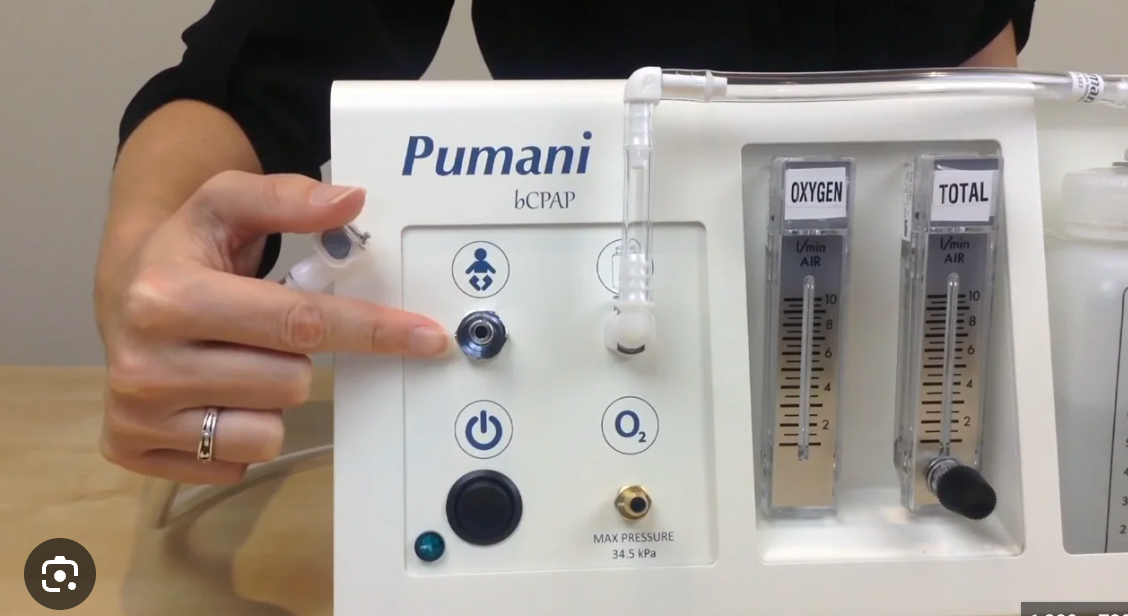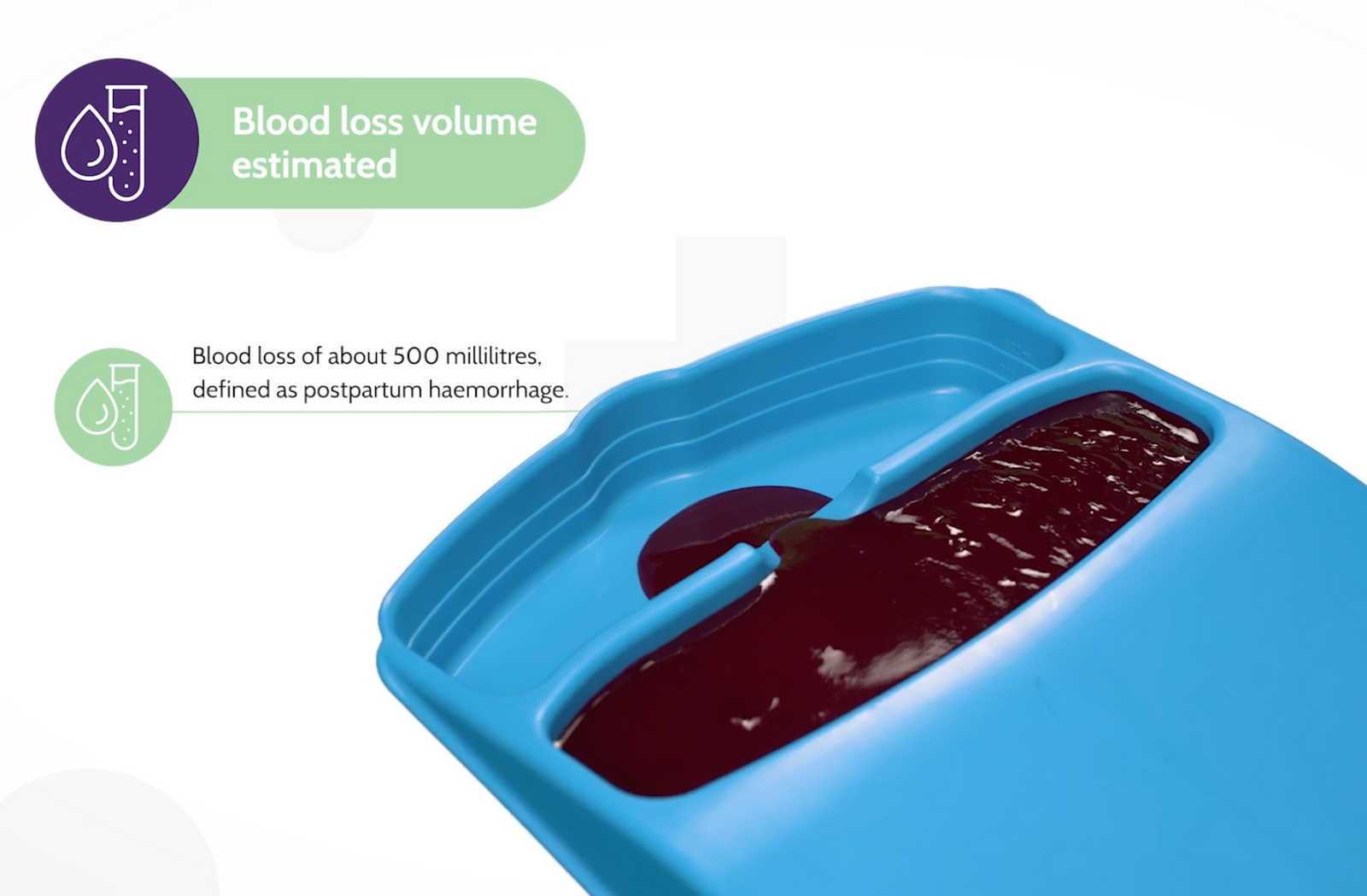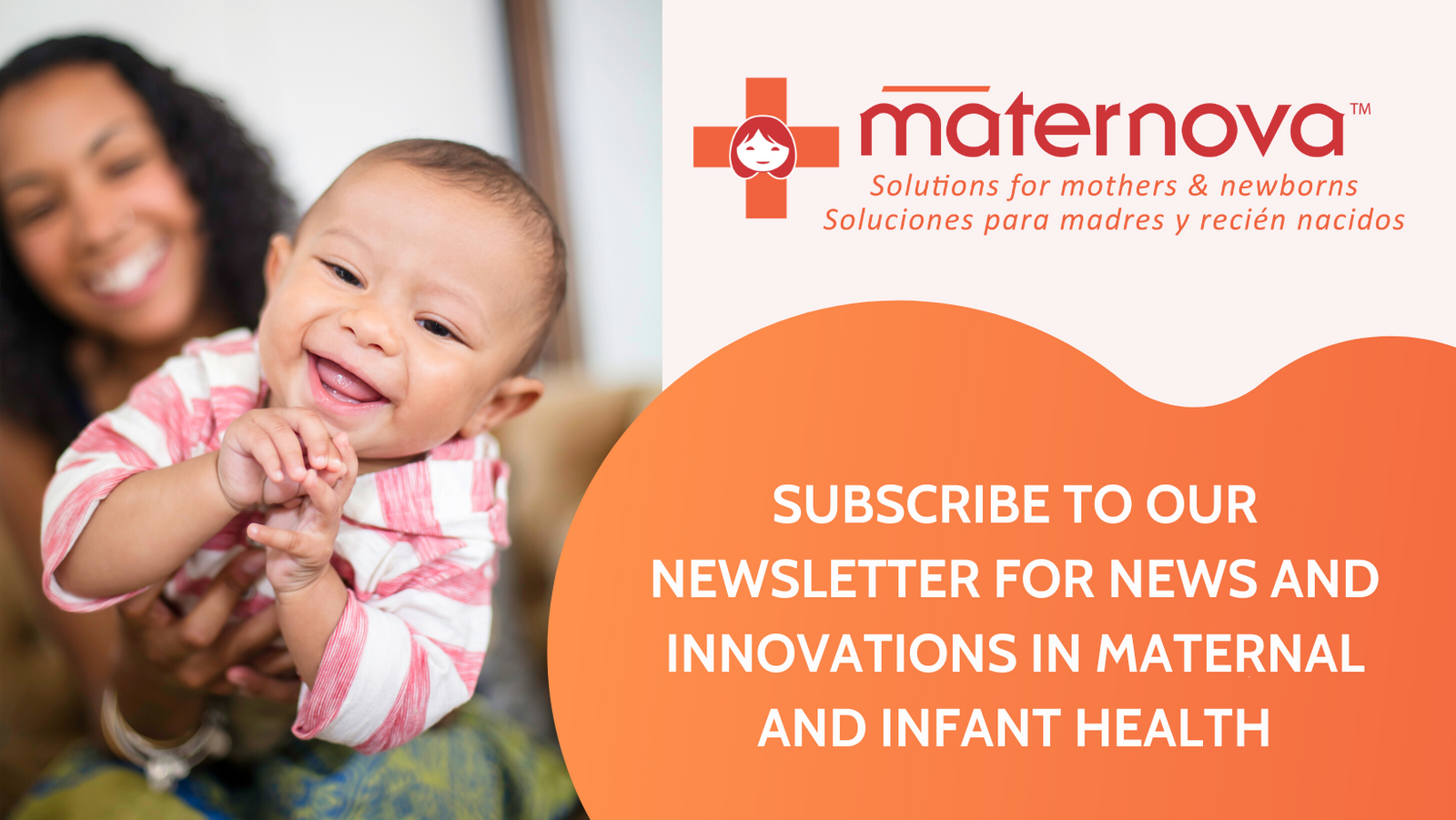Add description, images, menus and links to your mega menu
A column with no settings can be used as a spacer
Link to your collections, sales and even external links
Add up to five columns
Add description, images, menus and links to your mega menu
A column with no settings can be used as a spacer
Link to your collections, sales and even external links
Add up to five columns
Breastfeeding: a mother's choice
August 15, 2018 3 min read
August 1st to 7th was World Breastfeeding Week, coordinated by the World Alliance for Breastfeeding Action (WASA) – a global network of individuals and organizations concerned with the protection and promotion of breastfeeding worldwide. WASA has coordinated breastfeeding weeks since 1992. However, this year there appeared to be more social media presence than usual, likely to be due to the Trump administration’s mishap at the World Health Assembly.
The benefits of breastfeeding are immense including promoting a healthier immune system for baby, protecting mothers from breast and ovarian cancers and heart disease, supporting the mother-baby relationship, and spacing pregnancies which is needed to enable future pregnancies to be healthy.
This year’s breastfeeding week brought up again the topics of shaming and pressure on mothers to breastfeed. There has been a lot of talk about the huge marketing campaigns promoting ‘breast is best’ as shaming those mothers who formula feed. Although it is not meant to shame mothers who formula feed, it can be perceived that way, and the added pressure can have detrimental effects on new mothers. Women should be supported to breastfeed where possible, but for some mothers, they simply cannot and so formula is the best alternative. The main message that should be taken away from breastfeeding week is that yes, breastfeeding should be promoted and tried first, particularly in poverty stricken areas of the world where food may be sparse or water is contaminated. However, it should be a mother’s choice, and health professionals need to respect that choice.
Breastfeeding totally depends on the relationship between mother and baby and if the baby is growing and developing as it should. It is not uncommon for first time mothers to have trouble breastfeeding, and so supplementation with formula is a normal thing to do. It is also important to note, that whilst all women have the physical capacity to breastfeed, 1 in 7 new mothers cannot make enough milk. The pressure from health professionals to breastfeed can make some women even more stressed (which can eventually contribute to postpartum depression) suppressing further breast milk production. If mothers continue to only breastfeed despite poor milk production (which can go unnoticed), their babies can become dehydrated, which can be life threatening. As the age of new mothers rise, and as pregnancies become more high risk (as women with a range of chronic diseases are able to have babies), the stress in pregnancy and in the postpartum is only going to rise further. The exhaustion from dealing with a range of issues during pregnancy and delivery are likely to add to anxiety and delay milk coming in.
In the developed world, we also need to take into consideration that some mothers go back to work as early as 6 weeks after their baby is born, and so for them, breastfeeding may not be realistic. Few mothers can afford to extend their unpaid maternity leave. We should demand companies to have breastfeeding rooms, but it is also important to understand that a feeding regimen should not dictate a woman’s life but should fit into her life. As society moves forward and more women are determined to have successful careers, breastfeeding becomes a more complex issue that is influenced by personal desires and wider social factors.
Breastfeeding week should not only be about promoting breast milk but should also be about what society can do to help women breastfeed, openly discussing the difficulty mothers have experienced when breastfeeding, and about providing accurate information on formula milk. Providing accurate information about formula milk doesn’t automatically mean women will stop breastfeeding but it is about making sure that babies are cared for in the best way possible.
By Shreya Patel
Photo credit: Pixabay
Leave a comment
Comments will be approved before showing up.
Also in The Maternova Blog

Pumani bubble CPAP
November 11, 2025 1 min read
The Pumani bubble CPAP was engineered by a team at Rice University in Texas, working in collaboration with clinicians in Malawi. A range of specific design considerations made the Pumani especially appropriate for low-resource settings so that parts are easy to replace.

The MaternaWell Tray for PPH estimation now appears in key obstetric guidelines
October 30, 2025 1 min read
A 'tray' is now mentioned in the FIGO/WHO/ICM Consolidated Postpartum Hemorrhage Guidelines published by in 2025, expanding the type of monitoring device from drape to drape or tray.

Is it ethical to separate mother and infant just after birth?
October 28, 2025 2 min read
Immediate skin to skin care means less than ten minutes after the infant takes its first breath, the infant, naked except for a diaper, spends at least one hour on the mother’s chest, against her skin. It is recommended that preterm and low birth weight kangaroo care involve prolonging contact beyond the first hour for at least 8 hours per day or as long as possible (up to 24 hours) per day


